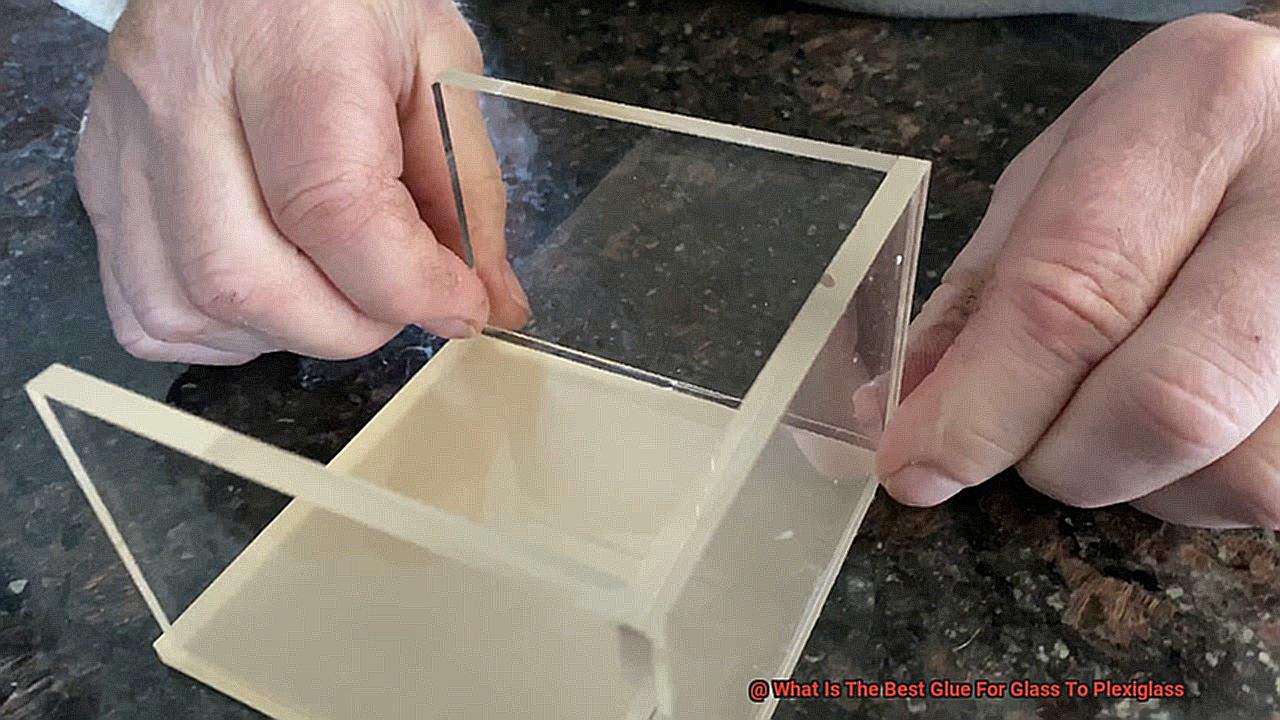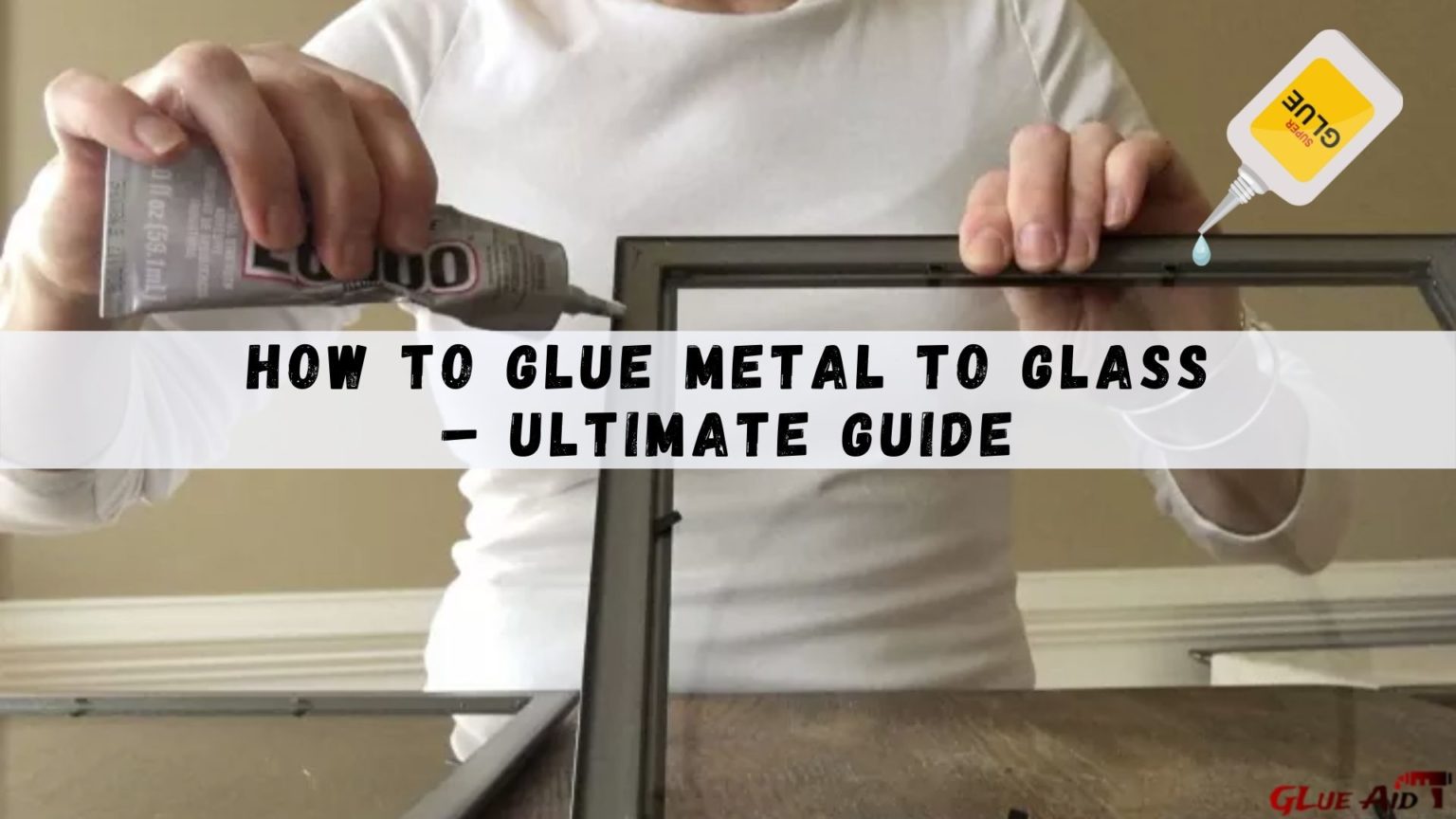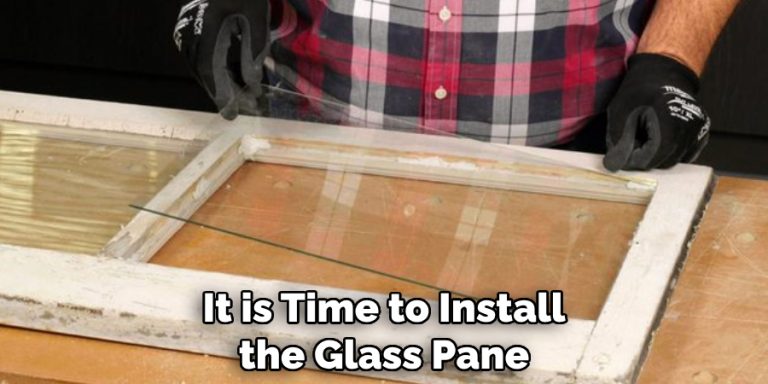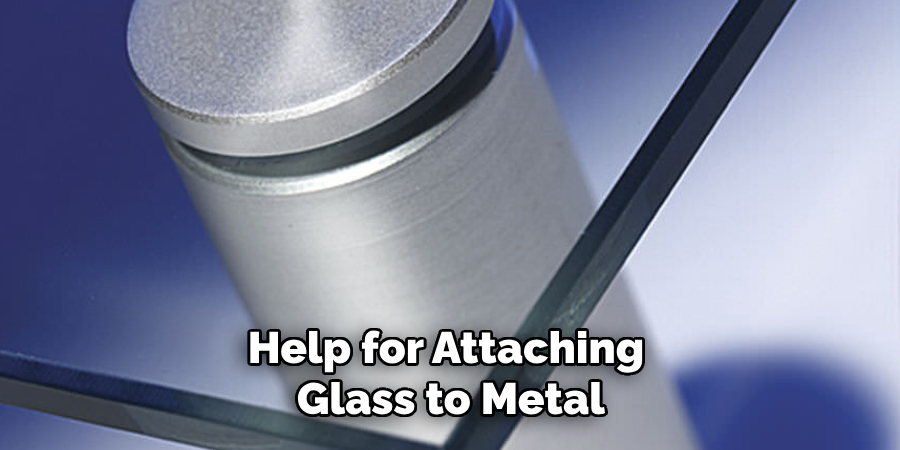How To Attach Glass To Glass
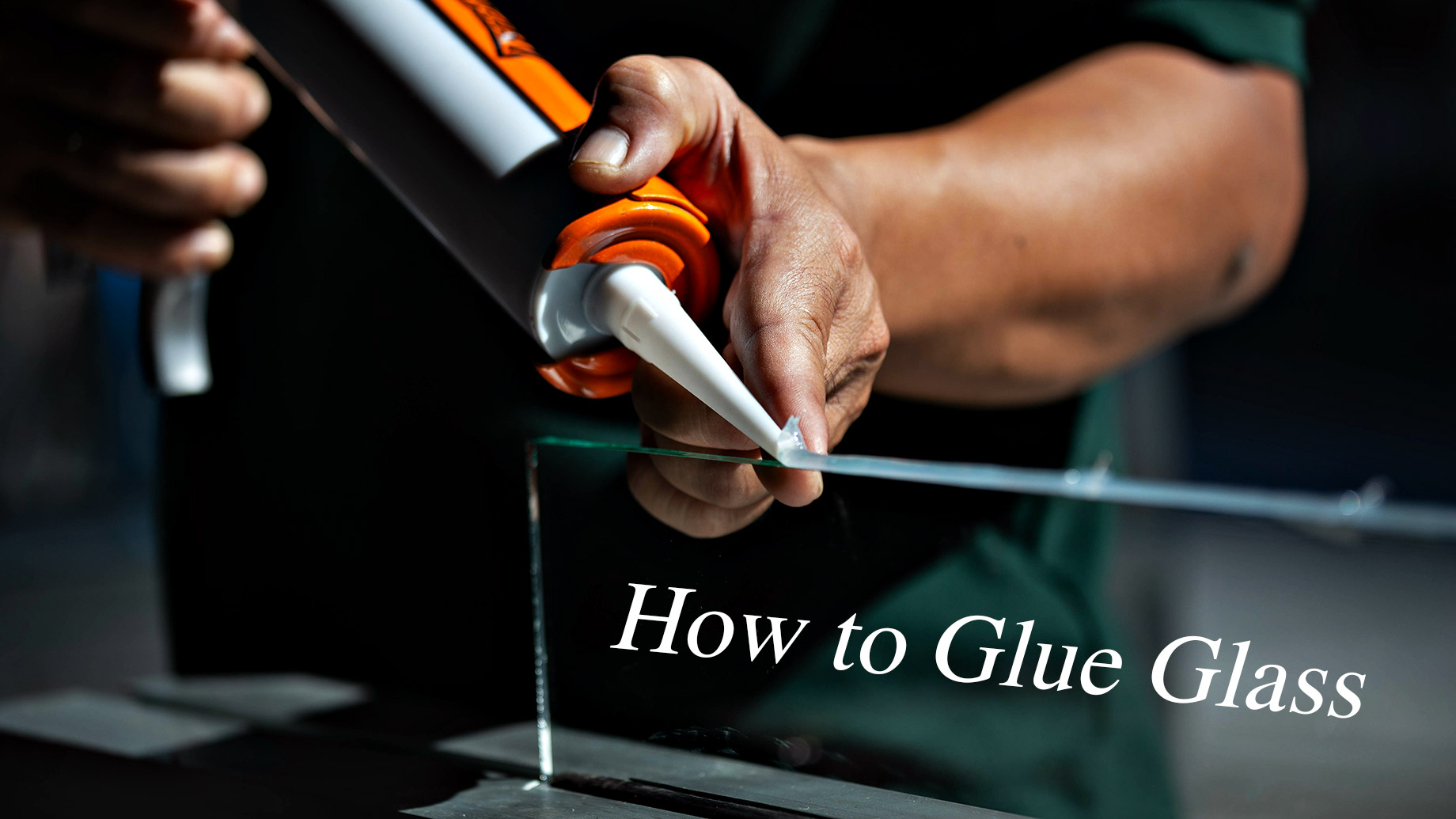
Imagine the soft glow of sunlight filtering through a custom-built glass shelving unit, showcasing your favorite artisan glassware. Or perhaps envision a delicate glass sculpture, a testament to artistic vision and precise craftsmanship, seamlessly fusing individual panes into a breathtaking whole. These visions become reality through the often-overlooked, yet remarkably fascinating, process of attaching glass to glass.
This seemingly simple act is a cornerstone of countless applications, from architectural marvels to intricate artistic creations. The ability to join glass pieces securely and aesthetically opens up a world of design possibilities, blending functionality with beauty in both residential and commercial settings.
At its core, attaching glass to glass is about creating a bond that's strong, durable, and visually appealing. Achieving this requires careful consideration of several factors, including the type of glass, the intended application, and the desired aesthetic.
The Science of Adhesion: Understanding the Bond
The magic behind attaching glass to glass lies in the science of adhesion. Adhesion is the attractive force between two different substances that holds them together. This force can be physical, involving mechanical interlocking of surfaces, or chemical, involving the formation of chemical bonds between the adhesive and the glass.
Several key factors influence the strength and longevity of a glass-to-glass bond. Surface preparation is paramount. Clean, dry surfaces free of contaminants are essential for optimal adhesion.
The choice of adhesive is also crucial. Different adhesives possess different properties in terms of strength, flexibility, resistance to environmental factors, and clarity.
Adhesive Options: A Spectrum of Solutions
The world of adhesives offers a diverse range of solutions for attaching glass to glass, each with its own set of advantages and disadvantages. Selecting the right adhesive requires careful consideration of the specific application.
UV Adhesives: The Power of Light
UV adhesives, also known as light-curing adhesives, are a popular choice for bonding glass due to their rapid curing time and exceptional clarity. These adhesives are applied as a liquid and then exposed to ultraviolet (UV) light, which triggers a chemical reaction that hardens the adhesive within seconds or minutes.
The rapid curing time of UV adhesives allows for efficient production processes. The clarity of the cured adhesive ensures a visually seamless bond, ideal for applications where aesthetics are critical. However, UV adhesives require specialized UV lamps and may not be suitable for opaque or thick glass.
Silicone Adhesives: Flexibility and Durability
Silicone adhesives are another widely used option, known for their flexibility, durability, and resistance to water and temperature variations. They form a strong, elastic bond that can withstand significant stress and movement.
Silicone adhesives are often used in architectural applications. Their ability to accommodate thermal expansion and contraction makes them ideal for bonding glass panels in curtain walls and skylights. However, some silicone adhesives may release acetic acid during curing, which can corrode certain metals.
Epoxy Adhesives: Strength and Versatility
Epoxy adhesives offer exceptional strength and resistance to chemicals and solvents. They are typically two-part systems that require mixing before application. Once mixed, the epoxy undergoes a chemical reaction that hardens it into a rigid, durable bond.
Epoxy adhesives are commonly used in structural applications, such as bonding glass components in furniture and displays. Their high strength ensures a secure and long-lasting bond. However, epoxy adhesives can be less flexible than silicone adhesives, and some formulations may yellow over time.
Other Adhesive Options
Other adhesive options include cyanoacrylate adhesives (also known as super glues), acrylic adhesives, and specialized glass bonding tapes. Each option has its own unique characteristics and is suited for specific applications.
Cyanoacrylate adhesives are known for their rapid bonding speed but may not be as strong or durable as other options. Acrylic adhesives offer a balance of strength, flexibility, and UV resistance. Glass bonding tapes provide a convenient and clean method for attaching glass to glass, but they may not be suitable for high-stress applications.
Beyond Adhesives: Alternative Bonding Methods
While adhesives are the most common method for attaching glass to glass, alternative bonding methods exist, each offering unique advantages. These methods often require specialized equipment and expertise.
Fused Glass: A Seamless Union
Fused glass is a technique that involves heating two or more pieces of glass in a kiln until they soften and fuse together. This process creates a seamless, permanent bond with no visible adhesive.
Fused glass is often used to create decorative glass panels, sculptures, and jewelry. The resulting bond is exceptionally strong and durable. However, fused glass requires specialized equipment and expertise, and it may not be suitable for all types of glass.
Laser Welding: Precision Bonding
Laser welding is a precise and controlled method for joining glass using a laser beam to melt and fuse the glass surfaces together. This technique is often used in high-tech applications, such as the fabrication of microfluidic devices and optical components.
Laser welding offers a high degree of precision and control. It produces a strong, clean bond with minimal heat-affected zone. However, laser welding requires specialized equipment and expertise, and it may not be suitable for all types of glass or applications.
The Importance of Surface Preparation
Regardless of the chosen bonding method, surface preparation is crucial for achieving a strong and durable bond. Clean, dry surfaces free of contaminants are essential for optimal adhesion.
The presence of dirt, oil, or fingerprints can interfere with the adhesive's ability to bond properly to the glass surface. This can lead to a weak bond that is prone to failure. Common cleaning methods include using soap and water, isopropyl alcohol, or specialized glass cleaners.
In some cases, surface abrasion may be necessary to improve adhesion. This can be achieved using fine-grit sandpaper or a specialized etching solution. However, care must be taken to avoid damaging the glass surface during abrasion.
Applications of Glass-to-Glass Bonding: A World of Possibilities
The ability to attach glass to glass opens up a world of possibilities across a wide range of industries and applications. From architectural marvels to intricate artistic creations, the possibilities are endless.
In architecture, glass-to-glass bonding is used to create stunning curtain walls, skylights, and glass facades. In furniture design, it enables the creation of elegant glass tables, shelves, and display cases. In art and sculpture, it allows artists to create intricate and breathtaking glass creations.
According to a report by Grand View Research, the global architectural glass market is expected to reach $83.47 billion by 2027, driven by increasing demand for energy-efficient and aesthetically pleasing building designs. This growth underscores the importance of glass-to-glass bonding in modern construction.
A Careful Craft: Seeking Professional Guidance
While some glass-to-glass bonding projects can be tackled by DIY enthusiasts, it's often wise to seek professional guidance, particularly for complex or structural applications. Experienced glass technicians possess the knowledge, skills, and equipment necessary to ensure a safe and durable bond.
Professional glaziers can assess the specific requirements of your project. They can recommend the appropriate bonding method, prepare the glass surfaces properly, and execute the bonding process with precision. In addition, they can provide valuable advice on maintenance and care to ensure the longevity of the bond.
Ultimately, the art of attaching glass to glass is a testament to human ingenuity and our ability to transform simple materials into stunning works of art and functional designs. It's a delicate balance of science and craftsmanship, requiring careful attention to detail and a deep understanding of the materials involved.
As technology advances and new adhesives and bonding methods emerge, the possibilities for glass-to-glass bonding will continue to expand. We can expect to see even more innovative and breathtaking applications of this versatile technique in the years to come, shaping the world around us in ever more beautiful and functional ways.
![How To Attach Glass To Glass How To Glue Glass Beads To Glass [6 Steps] - CraftsBliss.com | Glass](https://i.pinimg.com/originals/b9/d4/d0/b9d4d0033b2b7b046ba83c8128ed58b7.jpg)
